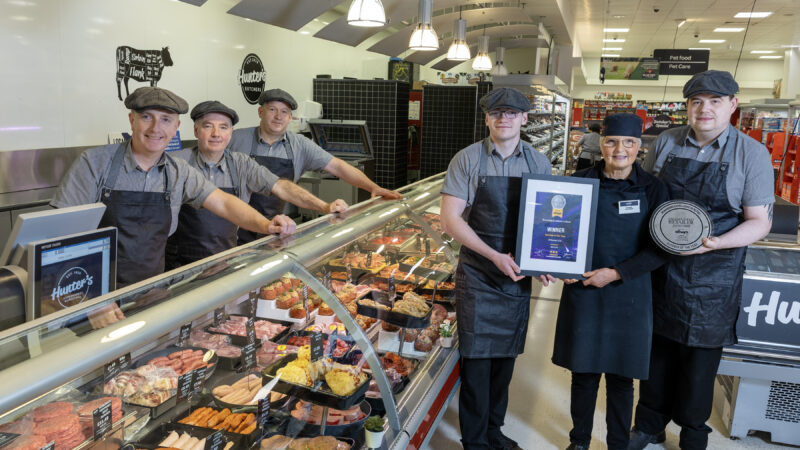Some improvement in NI spending power in last 12 months

The average Northern Irish family has £22 more to spend this year than last year.
Asda’s latest Income Tracker has revealed that while there is more spending power for NI consumers, Northern Ireland remains the UK’s worst performing region when it comes to consumer recovery.
The average family here is left with £129 per week in their pocket to spend on goods, services and luxuries – £22 more than the same time last year.
However, despite leading the way in terms of spending power growth in Q3 (21.1%) the rate of recovery in Northern Ireland is slow and it remains the worst performing region in the UK.
The figures were revealed in the quarterly Asda Income Tracker report which was launched at a breakfast briefing in Belfast on Tuesday 22nd October.
Independently compiled by Cebr (Centre for Economics and Business Research), Asda’s Income Tracker report provides an important barometer of day-to-day spending power, indicating how costs such as taxes, utility bills, transport costs and interest rates impact on the average family.
As the weakest performing region, Northern Ireland lags well behind the UK as a whole, where the average family now has £250 per week at its disposal, £29 more than 12 months ago (13% increase).
‘The region was particularly exposed to the cost-of-living crisis due to the structure of household income and spending’
On a more positive note, Northern Ireland has recorded five consecutive quarters of growth in discretionary household income, including a very strong 21.1% increase in growth in the last year alone.
While the spending power of the average UK household has now overtaken the pre-cost-of-living crisis peak of £246 (Q1 2021), this trend does not apply to Northern Ireland where discretionary income remains almost 11% below the 2021 peak. This remains the largest gap of any UK region.
According to Sam Miley, Cebr Managing Economist and Income Tracker author, the recovery has only just begun.
“The recent improvement in spending power for Northern Ireland is welcomed, but it should be noted that the average household remains considerably worse off relative to three years ago.
“The region was particularly exposed to the cost-of-living crisis due to the structure of household income and spending. Though the worst has now passed, with earnings growth solidly outpacing inflation, it may be several years before living standards in Northern Ireland are completely recovered.”
Speaking at the stakeholder briefing event which included economists, business leaders, and policy experts Joe McDonald, Head of Corporate Affairs, Asda NI said: “It is really encouraging to see sustained growth in local household incomes over five consecutive quarters and we very much hope this trend continues.
“However, unlike other UK regions, spending power in Northern Ireland households hasn’t recovered to pre-cost-of-living crisis levels, so we still have ground to make up.”







